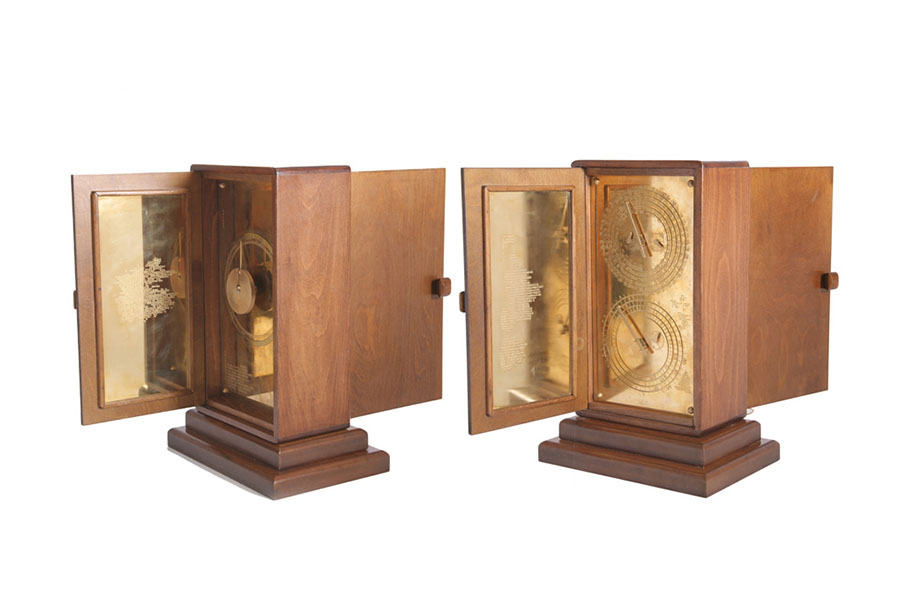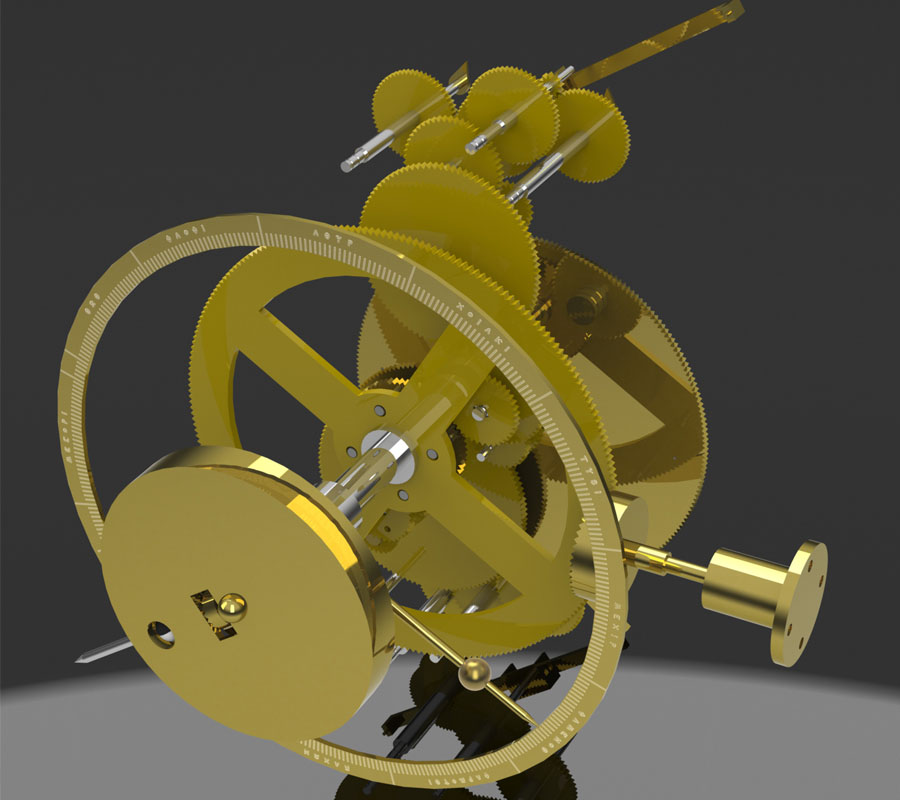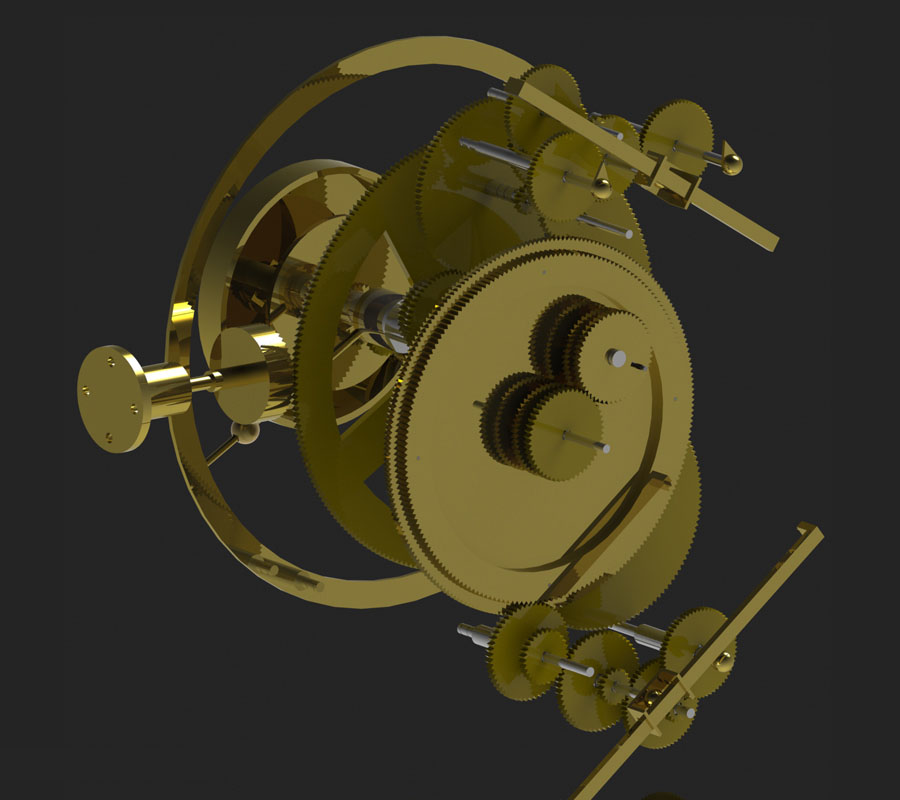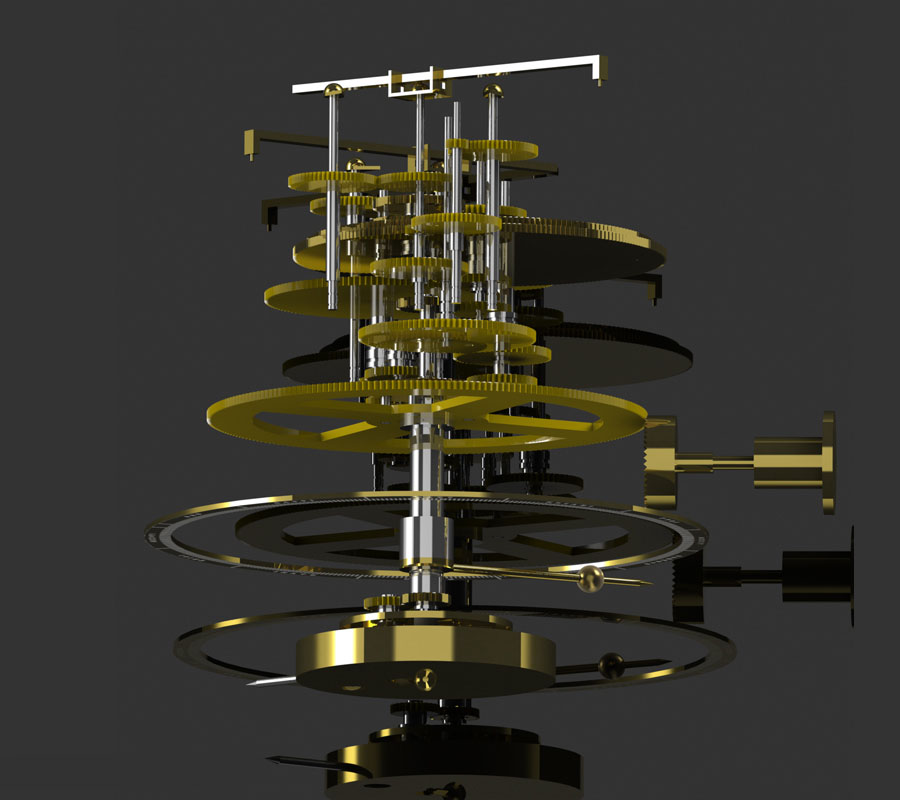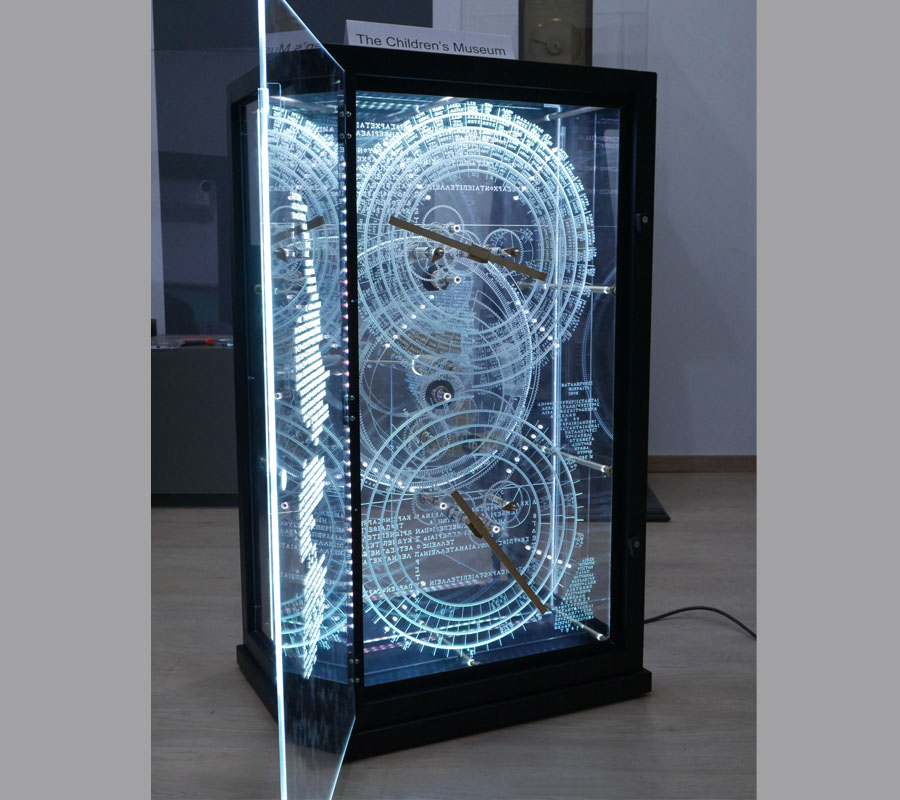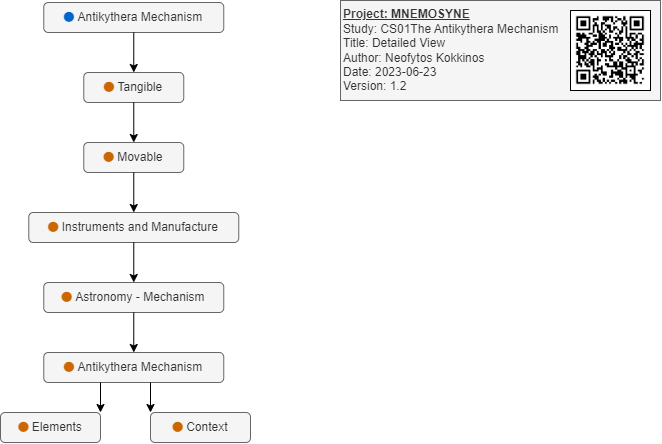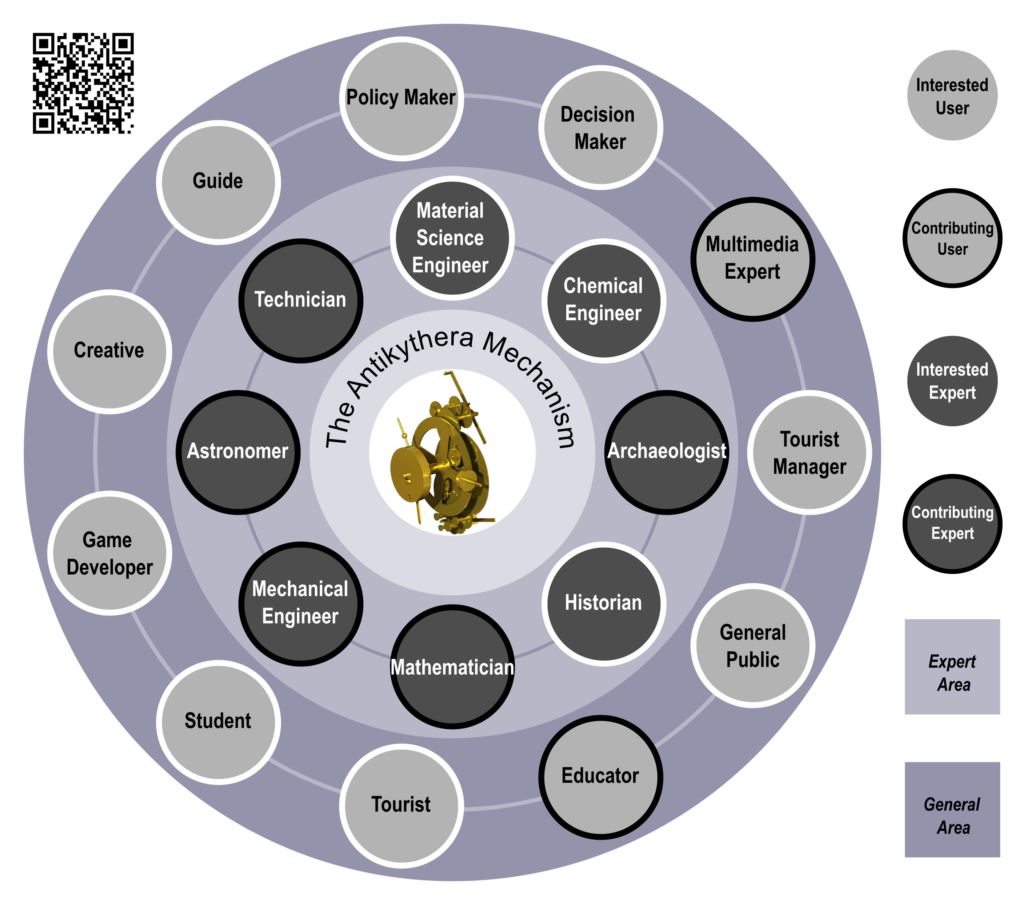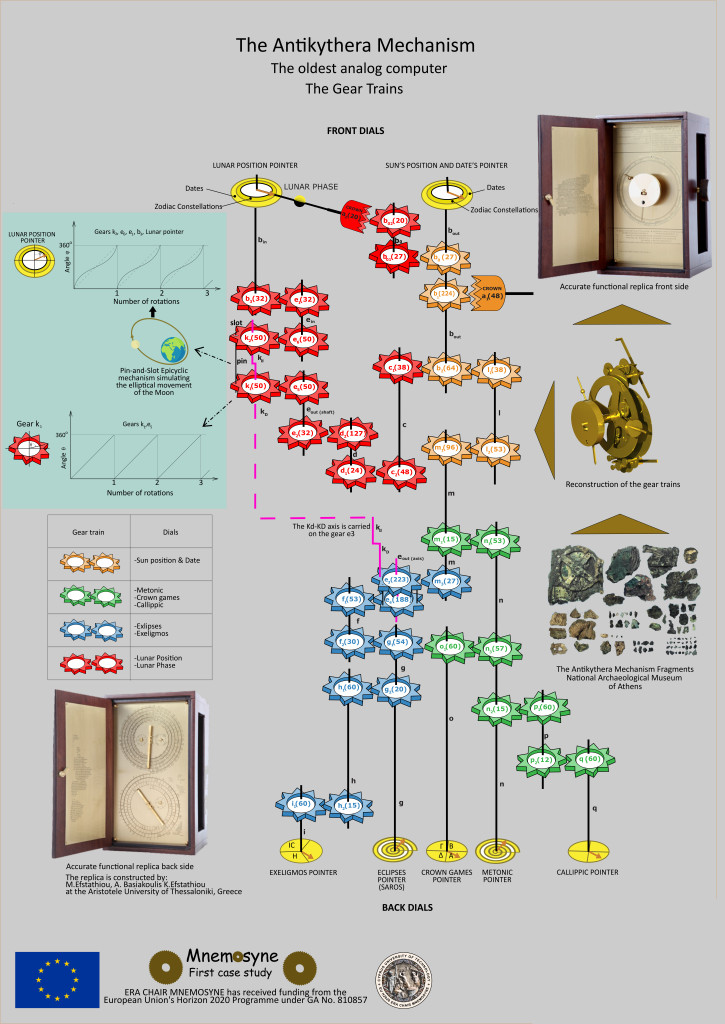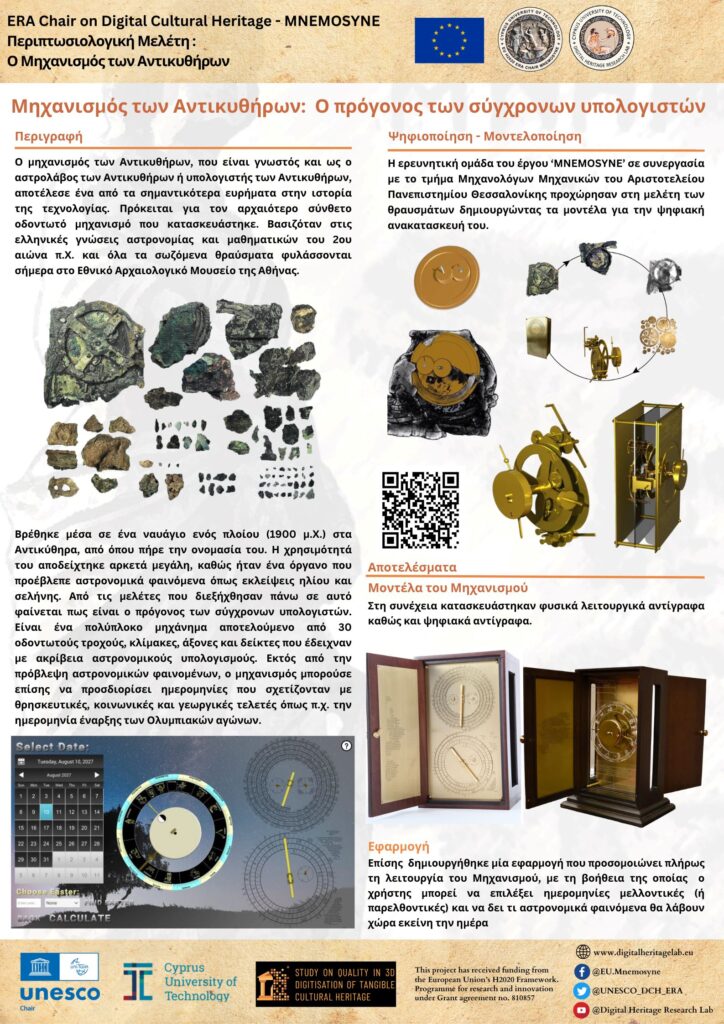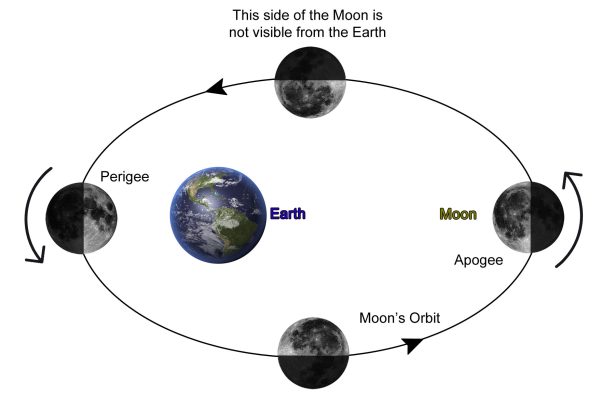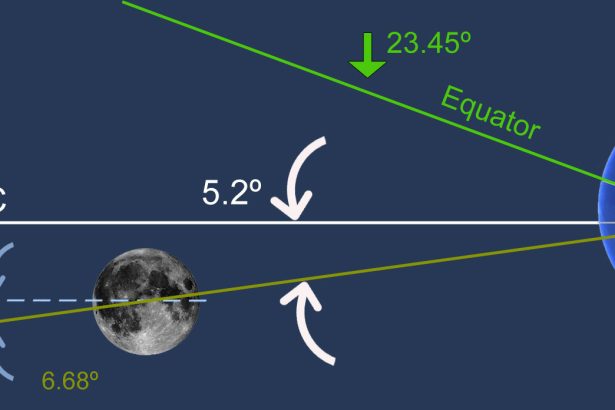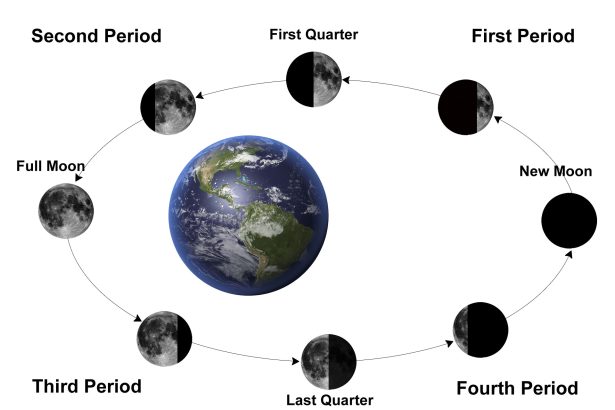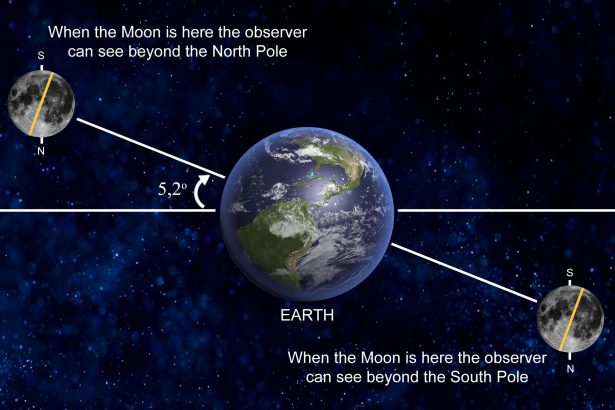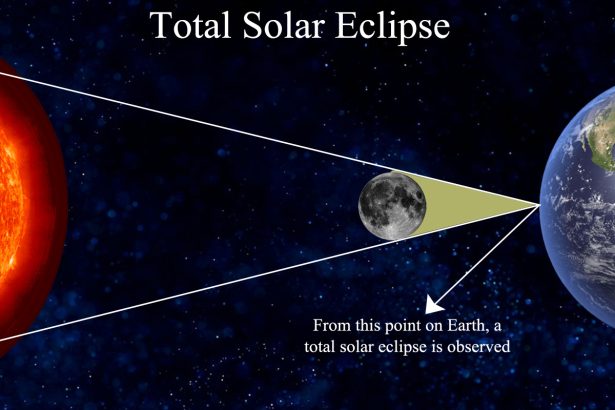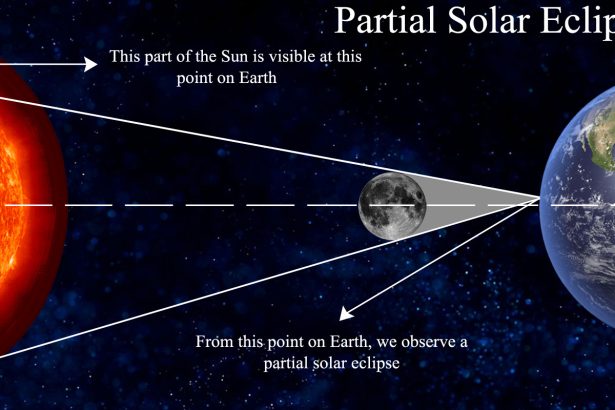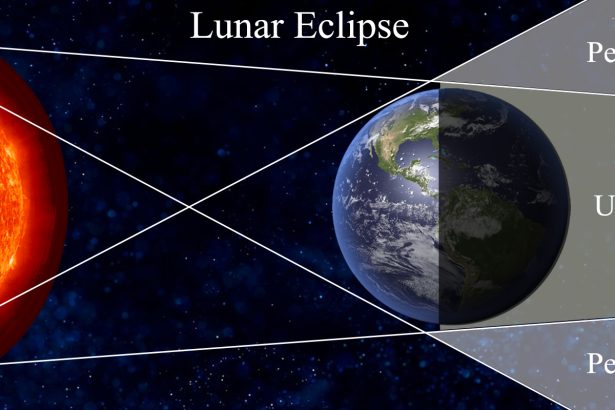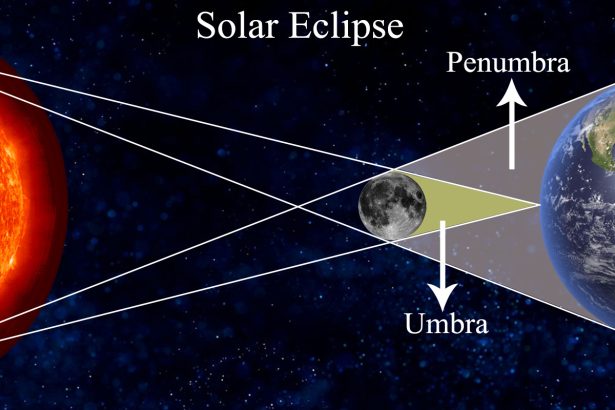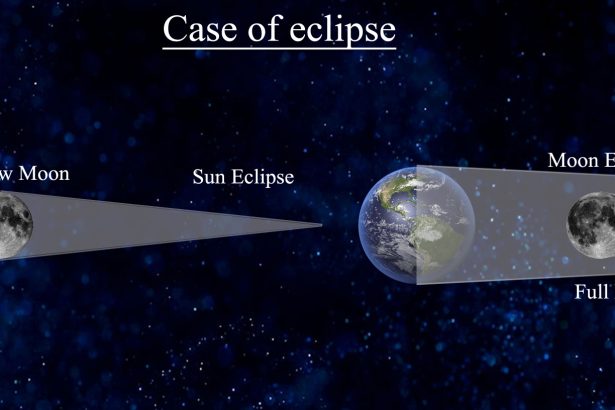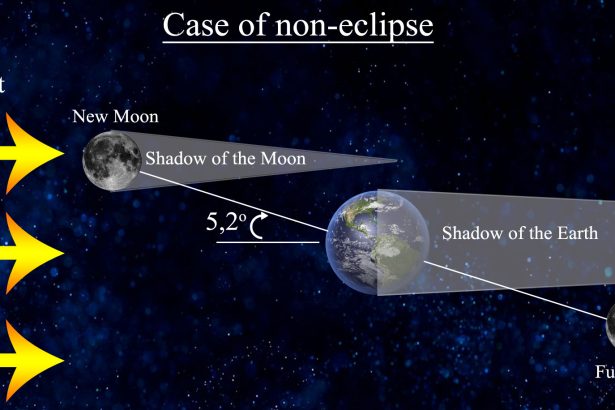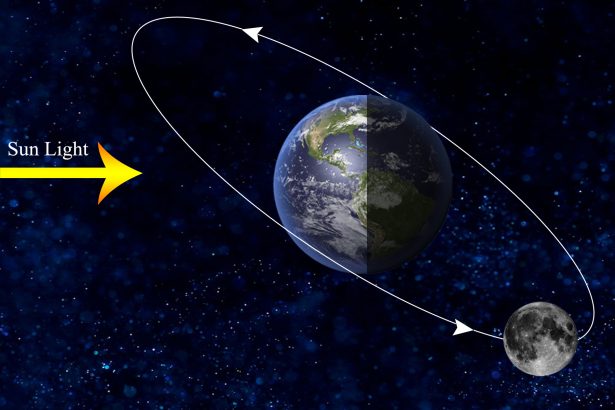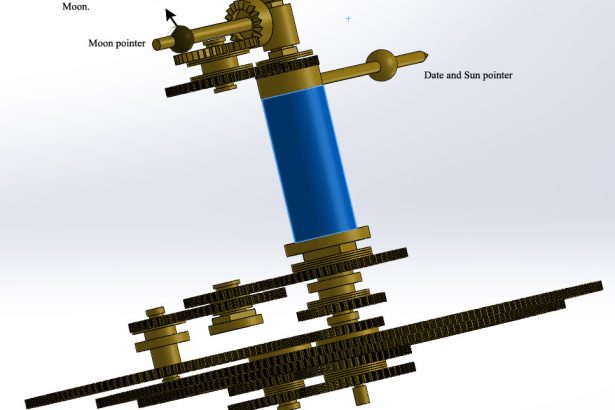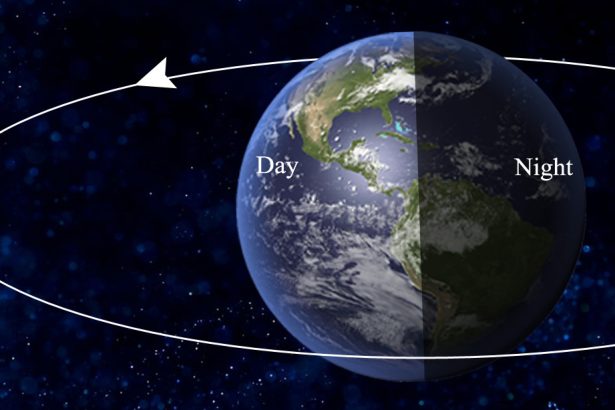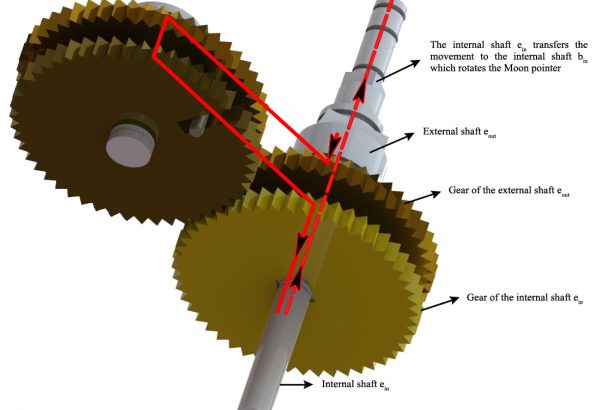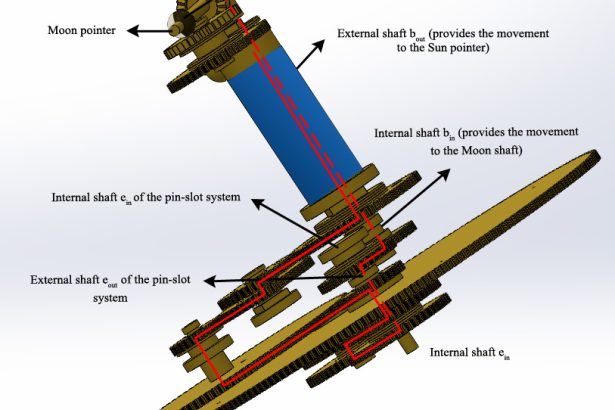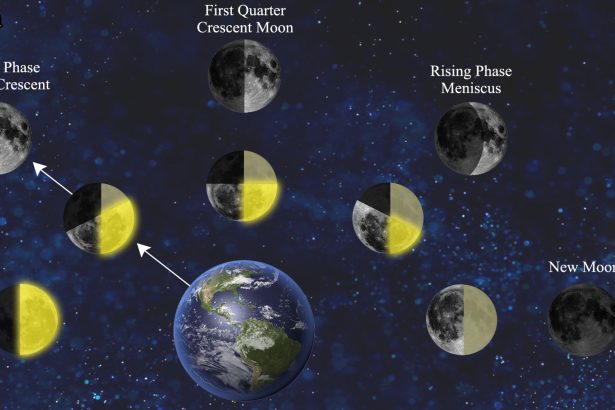1. Introduction
One of the artefacts ranked among the Wonders of the Ancient World is the Antikythera Mechanism, the oldest extant complex geared device, also described as the first analogue computer. Its construction was variously estimated to be about 87 BC; or between 150 and 100 BC; or to 205 BC; or finally, within a generation before the shipwreck, which has been dated to approximately 70-60 BC. It relied on the second-century BC Greek knowledge of astronomy and mathematics.
The main utility of the Antikythera mechanism was to calculate the exact position of the Sun, the Moon and possibly the planets in the sky as well as the phases of the Moon and the prediction of eclipses. Apart from the prediction of astronomical events, the mechanism could also determine dates related to religious, social and agricultural rituals and events.
The Mechanism was accompanied by an extended “instructions manual” inscribed on one of its parts. The device was operated manually by a user, setting a date in a dial. All necessary calculations were made using a set of gears (at least 39), while the results were displayed on several scientific scales. Unfortunately, the specific purpose for which the Mechanism was made remains unknown.
The identity of its maker is also unknown, but the variety of skills and knowledge necessary for the creation of the Mechanism indicate that it required collaboration between an astronomer/mathematician and a mechanic.
With its discovery, the Antikythera Mechanism demonstrated that Greek engineers of the Hellenistic period had become far more fluent in designing and constructing geared devices than the surviving written sources infer. It is also notable that the knowledge transmitted by the mechanism was lost and similar technological works appeared much later in Byzantium (fifth-sixth century AD) and the Arab world, while complex ones like the Mechanism appeared in Western Europe in the fourteenth century.
The discovery and the prior scientific investigations
The Antikythera Mechanism was retrieved from the sea in 1901 near the coast of the Greek island of Antikythera. The divers retrieved also numerous large artefacts, including bronze and marble statues, pottery, unique glassware, jewellery and coins. A year later, the archaeologist Valerios Stais acknowledged that the curious artefact housed in the remains of the wooden box was an instrument composed of at least one gear. The device was found as one lump, which was subsequently divided into three main fragments during restoration. The Mechanism currently showcased at the National Archaeological Museum of Athens is divided into eighty-two separate parts.
As expected, the scholars who have been involved in the study of the Antikythera Mechanism were numerous, with specialization in various research fields. The first researchers who focused for over 30 years on the study of the function of the Mechanism published the most substantial and extensive articles available today. A series of articles were also published dealing with the function and usage of the mechanism and its calculations. The authors of the various papers formed eventually the core of the “Antikythera Mechanism Research Group” composed of researchers from Greece and the UK, supported in addition by an international team of astronomers, archaeologists, mathematicians, physicists, chemists, computer engineers, mechanical engineers, epigraphists and papyrologists. In September 2005 they undertook a major new investigation of the Antikythera Mechanism, using x-ray tomography and a PTM/RTI dome for the mapping of the texture of the fragments, which revealed internal details of the gears, as well as inscriptions previously undeciphered.
The importance of the Antikythera Mechanism has subsequently led to the formation of a research group at the Aristotle University of Thessaloniki, Greece, for its further study. Among the leaders of the research group in question was Prof. Kyriakos Efstathiou, currently holder of the Mnemosyne ERA Chair on Digital Cultural Heritage.
3. Estimation of Complexity & Quality
The following radial charts are base on the based on the EU 3D Study/VIGIE 2020/654

4. Taxonomy
This is a top-level view, clicking on the image will open up the full taxonomy in a new window
6. Research Outputs
The elliptical movement of the Moon and its simulation by the Mechanism
Videos
7. Bibliography
- M. Anastasiou, J. H. Seiradakis, C. C. Carman, and K. Efstathiou, “The Antikythera Mechanism: The Construction of the Metonic Pointer and the Back Plate Spirals,” J. Hist. Astron., vol. 45, no. 4, pp. 418–441, Nov. 2014, doi: 10.1177/0021828614537185.
- M. Anastasiou, J. H. Seiradakis, J. Evans, S. Drougou, and K. Efstathiou, “The Astronomical Events of the Parapegma of the Antikythera Mechanism,” J. Hist. Astron., vol. 44, no. 2, pp. 173-A10, May 2013, doi: 10.1177/002182861304400204.
- K. Efstathiou, A. Basiakoulis, M. Efstathiou, M. Anastasiou, and J. H. Seiradakis, “Determination of the gears geometrical parameters necessary for the construction of an operational model of the Antikythera Mechanism,” Mech. Mach. Theory, vol. 52, pp. 219–231, Jun. 2012, doi:10.1016/j.mechmachtheory.2012.01.020.
- K. Efstathiou, A. Basiakoulis, M. Efstathiou, M. Anastasiou, and J. H. Seiradakis, “The reconstruction of the Antikythera Mechanism,” in Proceedings of Science, 2012, vol. 2012-June, no. 3, doi: 10.1260/2047-4970.2.3.307.
- K. Efstathiou and M. Efstathiou, “Celestial Gearbox,” Mech. Eng., vol. 140, no. 9, pp. 31–35, Sep. 2018, doi: 10.1115/1.2018-SEP1.
- T. Freeth et al., “Decoding the Antikythera Mechanism,” 2006.
- A. Jones, Portable Cosmos. 2017.
- H. Seiradakis and M. G. Edmunds, “Our current knowledge of the Antikythera Mechanism,” Nature Astronomy, vol. 2, no. 1. Nature Publishing Group, pp. 35–42, Jan. 01, 2018, doi: 10.1038/s41550-017-0347-2.
- M. T. Wright, “Epicyclic Gearing and the Antikythera Mechanism–Part II,” Antiq. Horol., vol. 29,no. 1, pp. 51–63, 2005.

